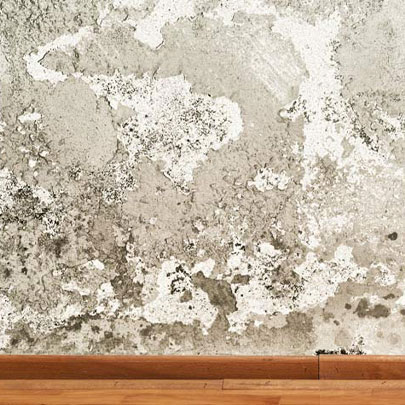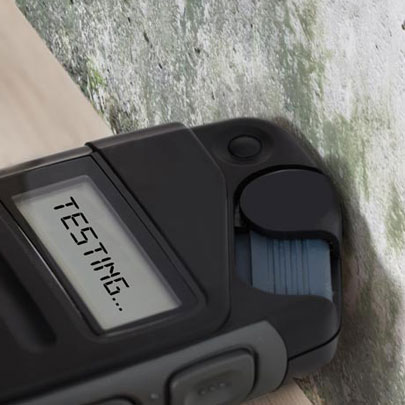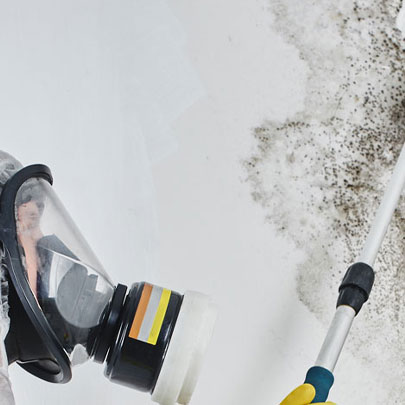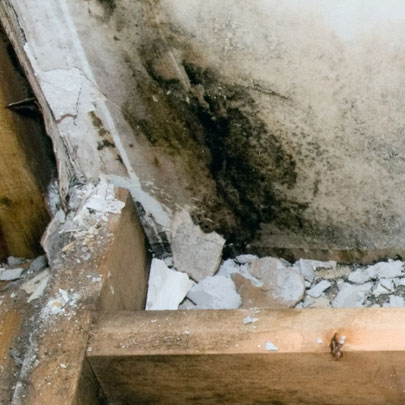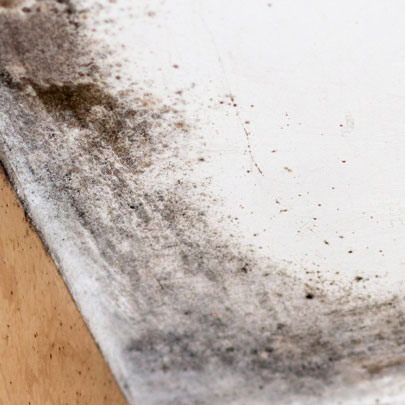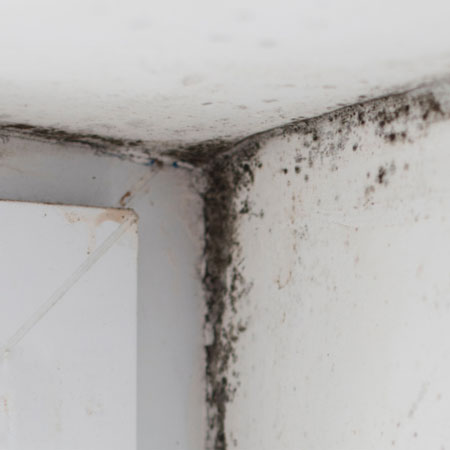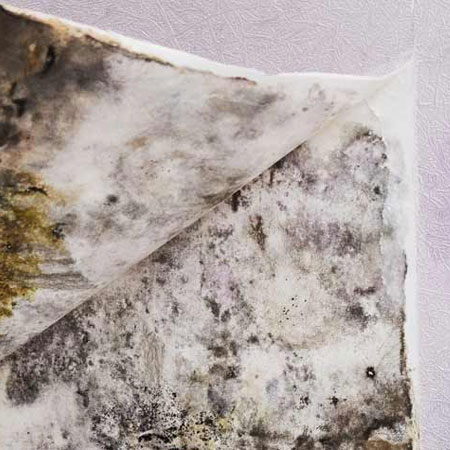Mold Services
Wherever You Are, AdvantaClean Can Help
With more than 200 locations across the country, AdvantaClean is your trusted mold removal company nearby. We understand that mold can affect homes and businesses in different ways depending on where you live. Because of this, our trained mold experts offer many services to help get rid of mold and keep your space safe.
Our Mold Services
Certified by the National Organization of Remediators and Mold Inspectors, AdvantaClean specializes in mold removal.
AdvantaClean uses cutting-edge technology for mold testing to accurately locate mold with minimum damage.
AdvantaClean mold specialists have the training, tools, and resources necessary for mold remediation within your home or business.
AdvantaClean specializes in comprehensive basement mold remediation, ensuring health and structural integrity with expert inspection, tailored plans, and advanced technology.
Discover your clean, peaceful oasis with AdvantaClean’s tailored mold removal services. Safeguard your health and property integrity with expert solutions.
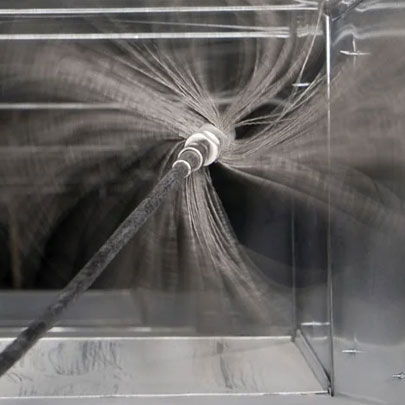
Mold In Air Vents
Ensure clean, healthy air in your home with AdvantaClean’s expert mold remediation for HVAC systems and air vents. Breathe easier today.
Trust AdvantaClean for comprehensive mold removal services, safeguarding health and property integrity with expert solutions and certified professionals.
What Our Clients Are Saying
What is Mold?
Mold is a kind of fungus, and there are thousands of different types. It can grow almost anywhere if the conditions are right. All it needs is the right mix of temperature, moisture, and sometimes a little light. When these things come together, mold can start growing quickly on surfaces like walls, floors, or ceilings.
Even though not all molds are dangerous to people, they can still harm your home. For example, mold can damage wood, drywall, and other materials. Over time, this can weaken your home’s structure. That’s why it’s important to take care of mold problems right away.
Why Choose AdvantaClean?
At AdvantaClean, we know how important it is to fix mold problems fast. That includes black mold, which can be more harmful. We are a full-service mold removal company, and we work quickly to make your home clean and healthy again.
Because mold spreads fast, it can cause health problems—especially for people with allergies, asthma, or weak immune systems. Our trained team uses the best tools and methods to find and remove the mold the right way.
Whether you need help with mold in your basement, bathroom, or air vents, AdvantaClean has you covered. We’ll make sure the job is done right, so your home or business is safe and healthy again.
Mold Frequently Asked Questions
The following questions are most commonly asked by mold removal and mold inspection consumers, according to the Centers for Disease Control and Prevention (CDC):
What Is Mold and Where Does It Grow?
Molds are a type of fungus that can grow both indoors and outdoors. While no one knows exactly how many types there are, scientists think there could be tens of thousands—or even over 300,000—different species!
How Mold Grows and Spreads
Mold grows best in places that are warm, damp, and humid. It spreads by releasing tiny spores into the air. These mold spores are very tough. In fact, they can survive even in dry places where mold usually can’t grow. That’s why it’s important to control moisture to help prevent mold from showing up in your home or business.
What are some of the kinds of indoor mold?
- Cladosporium
- Penicillium
- Alternaria
- Aspergillus
Mold Needs Two Things to Grow
Mold and mildew only need two ingredients to grow: oxygen and moisture. Because both of these are found almost everywhere, it’s easy to see why mold can grow in so many places. Mold spores float in the air and land on wet surfaces. Then, if the area stays damp, the mold can start growing and spreading.
Where Mold Grows and Why It Matters
In homes and offices, mold often grows in bathrooms and kitchens. Even a tiny drip from a faucet can create the right conditions for mold to thrive. In addition, moisture from leaky pipes, HVAC systems, or ductwork can lead to mold growing inside walls, ceilings, or under floors.
How Mold Can Affect Your Health
Since mold is common, small amounts usually don’t cause harm. However, mold can affect people in different ways. For example, children, older adults, and people with asthma or allergies may be more sensitive to it. In these cases, mold can cause breathing problems and flu-like symptoms.
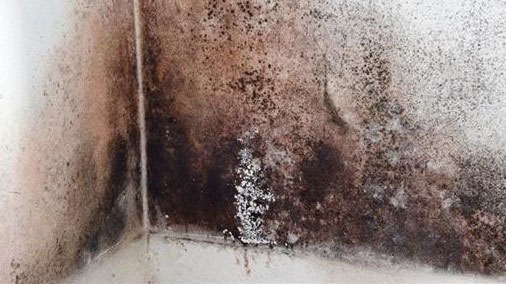
What You Should Know About Stachybotrys (Black Mold)
According to the CDC, Stachybotrys chartarum—also called Stachybotrys atra—is a type of greenish-black mold. It often grows on materials like paper, dust, lint, gypsum board, and fiberboard. These materials have something in common: they are high in cellulose and low in nitrogen, which makes them a perfect place for this kind of mold to grow.
How It Grows and Why It’s a Concern
For this mold to grow, it needs a lot of moisture. This can happen because of things like water damage, humidity, leaking pipes, condensation, or flooding. Once it finds a wet area, it can begin to grow and spread. Even though this mold can look scary, it’s not always necessary to figure out the exact type of mold in your home. Instead, all molds should be handled the same way—treated as a possible health risk and removed quickly and safely.
Some people are more sensitive to mold or mildew than others. For these individuals, just being around mold can cause problems like a stuffy nose, itchy eyes, wheezing, or even a skin rash. In more serious cases, people who have strong allergies to mold may have even worse reactions. For example, they might get a fever or have trouble breathing. That’s why it’s so important to deal with mold quickly and keep your home safe and healthy.
Mold Allergy symptoms are very similar to the symptoms of other allergies such as dry skin, congestion, runny nose, sneezing, and itching. Outdoor mold can cause allergy symptoms in summer and fall (in some climates, the symptoms may be year-round). Indoor mold can cause allergy symptoms year-round.
Mold Symptoms and Mold Allergies: Should You Call a Doctor?
If you think you have mold symptoms or mold allergies, you should first consult a family or general health care provider who will decide whether you need to be referred to a specialist. Mold specialists might include an allergist who treats patients with mold allergies or an infectious disease physician who treats mold symptoms such as mold infections. If an infection is in the lungs, a pulmonary physician might be recommended. Patients who have been exposed to mold in their workplace may be referred to an occupational physician to diagnose their mold symptoms. While it is important to treat mold symptoms, it is equally imperative to identify and address the cause of your mold allergies.
Consider These Facts:
- In 2004 the Institute of Medicine (IOM) found there was sufficient evidence to link indoor mold or mildew exposure with upper respiratory tract symptoms, cough, and wheezing in otherwise healthy people.
- The IOM also found suggestive evidence linking indoor mold or mildew exposure to respiratory illness in otherwise healthy children.
- In 2009, the World Health Organization issued additional research in the WHO Guidelines for Indoor Air Quality: Dampness and Mould that addresses the causes and risks of poor indoor air quality.
- Other recent studies have suggested a potential link of early mold or mildew exposure to the development of asthma in some children.
Mold is found in virtually every environment and can be detected indoors and outdoors, year-round. Mold growth is encouraged by warm and humid conditions. Outdoors it can be found in shady, damp areas or places where leaves or other vegetation is decomposing. Indoors, mold can be found where humidity levels are high, such as basements or showers.
Most often, however, it is found in the following places:
- Wallpaper and drywall
- Ductwork and ceiling tiles
- Carpet, drapes and furniture
- Attics, basements and crawlspaces
- Books and magazines (anything made of paper or organic material)
Sensitive individuals should avoid areas that are likely to have mold, such as compost piles, cut grass, and wooded areas. Inside homes, mold growth can be slowed by controlling humidity levels and ventilating showers and cooking areas.
Specific Recommendations:
- Keep humidity levels as low as you can—no higher than 50% — all day long. Using an air conditioner or dehumidifier will help you keep the levels low, however, bear in mind that humidity levels change over the course of a day with changes in moisture levels and air temperature.
- Run a dehumidifier in enclosed spaces such as basements.
- Be sure the home has adequate ventilation, including exhaust fans.
- Add mold inhibitors to paints before application.
- Clean bathrooms with mold or mildew killing products.
- Do not carpet bathrooms and basements.
- Remove or replace previously soaked carpets and upholstery.
Generally, it is not necessary to identify the species of mold or mildew growing in a residence, and CDC does not recommend routine sampling for mold or mildew. Current evidence indicates that allergies are the type of diseases most often associated with mold or mildew. Since the susceptibility of individuals can vary greatly either because of the amount or type of mold or mildew, sampling and culturing are not reliable in determining your health risk. If you are susceptible to mold or mildew and mold or mildew is seen or smelled, there is a potential health risk; therefore, no matter what type of mold or mildew is present, you should arrange for its removal. Furthermore, reliable sampling for mold or mildew can be expensive, and standards for judging what is and what is not an acceptable or tolerable quantity of mold or mildew have not been established.
What to Know About Mold Testing
Right now, there are no clear rules that say how much mold is okay or what is considered normal. Because of this, it can be hard to tell if the amount of mold in your home is dangerous or not.
Before You Test for Mold
If you decide to pay someone to test your home for mold, it’s important to ask questions first. You should ask the company how they will explain the test results and what actions they might suggest based on those results. Also, the test results won’t mean much unless someone actually looks at the area where the mold is growing. They also need to understand what caused the mold in the first place. That way, you’ll get the right advice and a better plan to fix the problem.
State and Local Issues
If you feel your property owner, landlord, or builder has not been responsive to concerns you’ve expressed regarding mold or mildew exposure, you can contact your local board of health or housing authority. Applicable codes, insurance, inspection, legal, and similar issues about mold generally fall under state and local (not federal) jurisdiction. You can also contact your county or state health department about mold issues in your area to learn about what mold assessment and remediation services they may offer. You can find information on your state’s Indoor Air Quality program at the Center for Disease Control (CDC) website. See CDC for an official list of the State Environmental Health Agencies.
Steps to Take
If you believe you are ill because of exposure to mold in the building where you work, you should first consult your health care provider to determine the appropriate action to take to protect your health. Notify your employer and, if applicable, your union representative about your concern so that your employer can take action to clean up and prevent mold growth. To find out more about mold, remediation of mold or mildew, or workplace safety and health guidelines and regulations, you may also want to contact your local city, county, or state health department.
You should also read the U.S. Environmental Protection Agency (EPA) Guidelines, Mold Remediation in Schools and Commercial Buildings.
If you believe your children are ill because of exposure to mold or mildew in their school, first consult their health care provider to determine the appropriate medical action to take. Contact the school’s administration to express your concern and to ask that they remove the mold or mildew and prevent future mold or mildew growth. If needed, you could also contact the local school board.
Your local health department may also have information on mold, and you may want to get in touch with your state Indoor Air Quality office. Visit the Center for Disease Control (CDC) website for an official list of the State Environmental Health Agencies. CDC is not a regulatory agency and does not have enforcement authority in local matters.
Also, the U.S. Environmental Protection Agency (EPA) publishes for guidelines, Mold Remediation in Schools, and Commercial Buildings.

